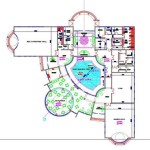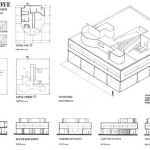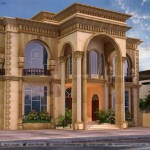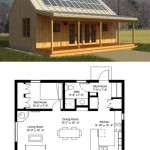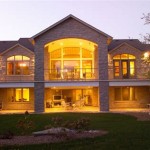Essential Aspects of Retreat Centre Floor Plans
Retreat centres offer a sanctuary for individuals to reconnect with themselves, their spirituality, and nature. The design of the centre's floor plan plays a crucial role in creating a conducive environment for introspection, relaxation, and rejuvenation.
When planning a retreat centre floor plan, several essential aspects need to be considered to ensure a harmonious and functional space:
1. Zoning and Flow
The floor plan should clearly delineate different zones within the centre, such as sleeping quarters, common areas, dining facilities, meditation halls, and activity spaces. Each zone should flow seamlessly into the next, enabling participants to navigate the centre effortlessly.
2. Privacy and Communal Spaces
A balance between privacy and communal spaces is essential. Private sleeping quarters should provide a secluded retreat for participants, while common areas should facilitate socialization and group activities. Dedicated spaces for solitude and reflection, such as meditation rooms or outdoor courtyards, should also be incorporated.
3. Accessibility and Inclusivity
The floor plan should ensure accessibility for all participants, including those with disabilities. Wide corridors, ramps, and elevators may be necessary to accommodate varying needs.
4. Natural Light and Ventilation
Natural light and ventilation contribute significantly to the well-being of participants. Incorporate large windows, skylights, and open spaces into the design to maximize natural lighting. Good ventilation ensures fresh air circulation, creating a healthy and revitalizing atmosphere.
5. Sustainability and Environmental Impact
Sustainable practices should be considered in the floor plan. Use energy-efficient materials, incorporate passive solar design principles, and install eco-friendly appliances to minimize the centre's environmental footprint.
6. Flexibility and Adaptability
The floor plan should allow for flexibility in usage. Multipurpose spaces that can accommodate various activities, such as yoga classes, workshops, or group discussions, can enhance the centre's functionality.
7. Aesthetic and Ambiance
The aesthetics and ambiance of the retreat centre should align with its purpose. The use of natural materials, calming colours, and thoughtful decor creates a serene and restorative environment. Incorporate elements of nature, such as water features or indoor plants, to foster a connection with the outdoors.
8. Safety and Security
The floor plan should prioritize safety and security. Ensure adequate lighting, fire safety measures, and emergency exits are in place. Consider keycard access or other security measures to safeguard participants' belongings.
By carefully considering these essential aspects in the design of the retreat centre floor plan, architects and designers can create a space that empowers participants to disconnect from the demands of daily life and embark on a transformative journey of self-discovery.

Floor Plans

Retreat Floor Plan Recreation Series Ihc

Floor Plans

Lake Wedowee Creek Retreat House Plan Plans Vacation Porch

Retreat House Floorplans Scientific Diagram

The Mill Retreat Centre Floorplans

Tally Retreat Center Floor Plans Camp Copass

House Baileys Retreat Plan Green Builder Plans

Floor Plan Friday Large Master Retreat Plans Home Design House

The Mill Retreat Centre Floorplans


